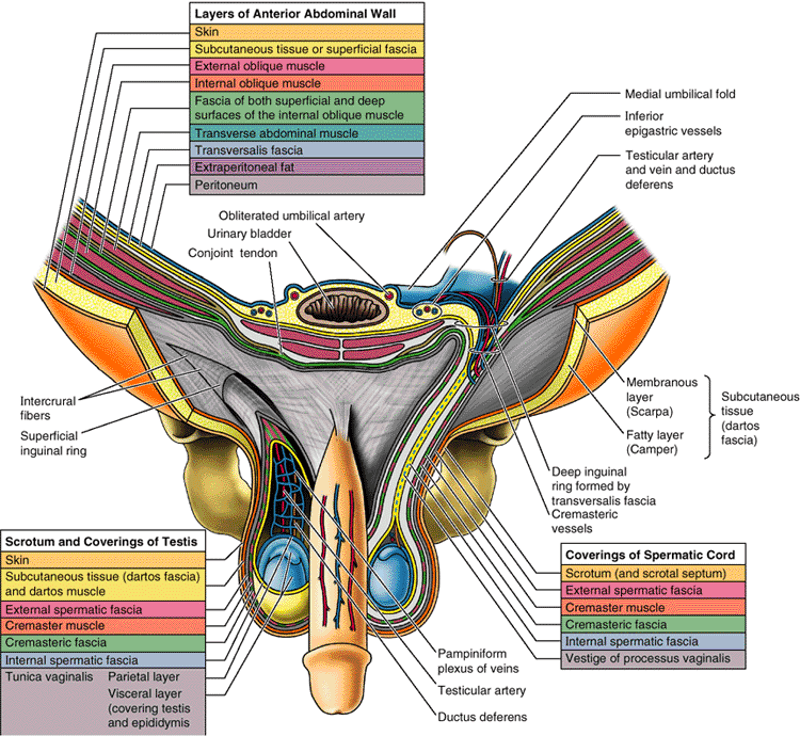Instructions for Side by Side Printing
- Print the notecards
- Fold each page in half along the solid vertical line
- Cut out the notecards by cutting along each horizontal dotted line
- Optional: Glue, tape or staple the ends of each notecard together
General Surgery Chapter 14 - Laparotomy (Nicola)
front 1 What is a opening through the skin layer and abdominal wall into the peritoneal cavity | back 1 Laparotomy |
front 2 What is an example of a laparotomy procedure | back 2 Bowel procedure |
front 3 Subcutaneous fat
| back 3  Layers of the abdominal wall |
front 4 ABC of close | back 4 Irrigate
|
front 5 Suction tools used in a laparotomy procedure: | back 5 Yankauer and Poole suction tips; when using the Poole suction tip within the abdominal cavity the surgeon may want to wrap a wet lap sponge around the tip to prevent tissue attaching to the tip and being damaged |
front 6 1. Midline Skin Incision (2 laps, ESU, forceps ready)
| back 6 General surgery steps during an exploratory laparotomy procedure (opening) 1-4 |
front 7 5. Medium retractors are placed to retract the external oblique muscle (richardson) be prepared to quickly clamp and ligated blood vessels (ties or cautery)
| back 7 General surgery steps during an exploratory laparotomy procedure (opening) 5-9 |
front 8 10. The peritoneal incision is lengthened (Metz, curved Mayo or scalpel)
| back 8 General surgery steps during an exploratory laparotomy procedure (opening) 10-13 |
front 9 1. The peritoneum and internal oblique fascia are closed
| back 9 General surgery steps during an exploratory laparotomy procedure (closing) 1-3 |
front 10 4. The external oblique fascia and Scarpa's fascia are separately closed
| back 10 General surgery steps during an exploratory laparotomy procedure (closing) 4-6 |
front 11 What incision are used for laparotomy | back 11 Median or Paramedian |